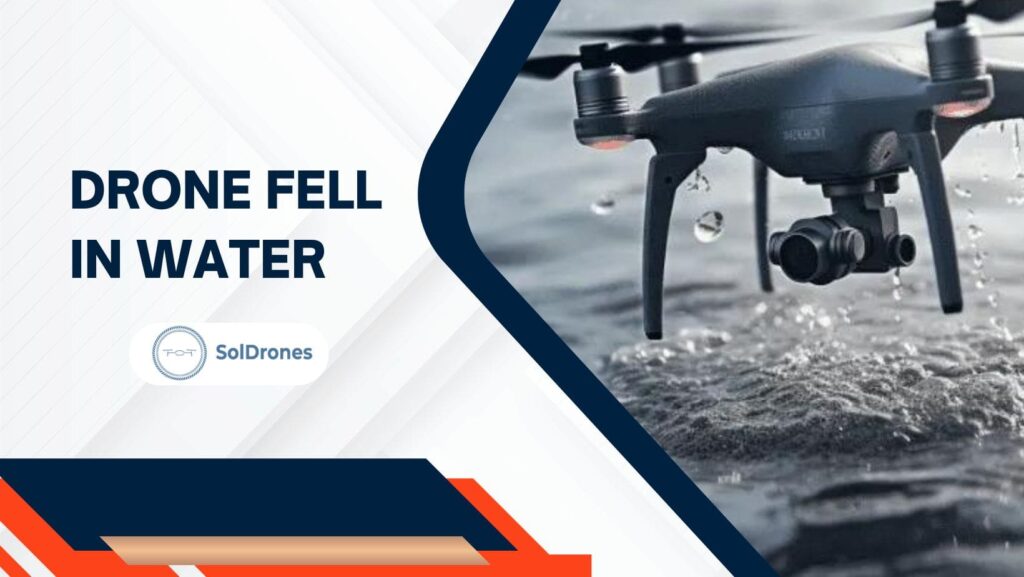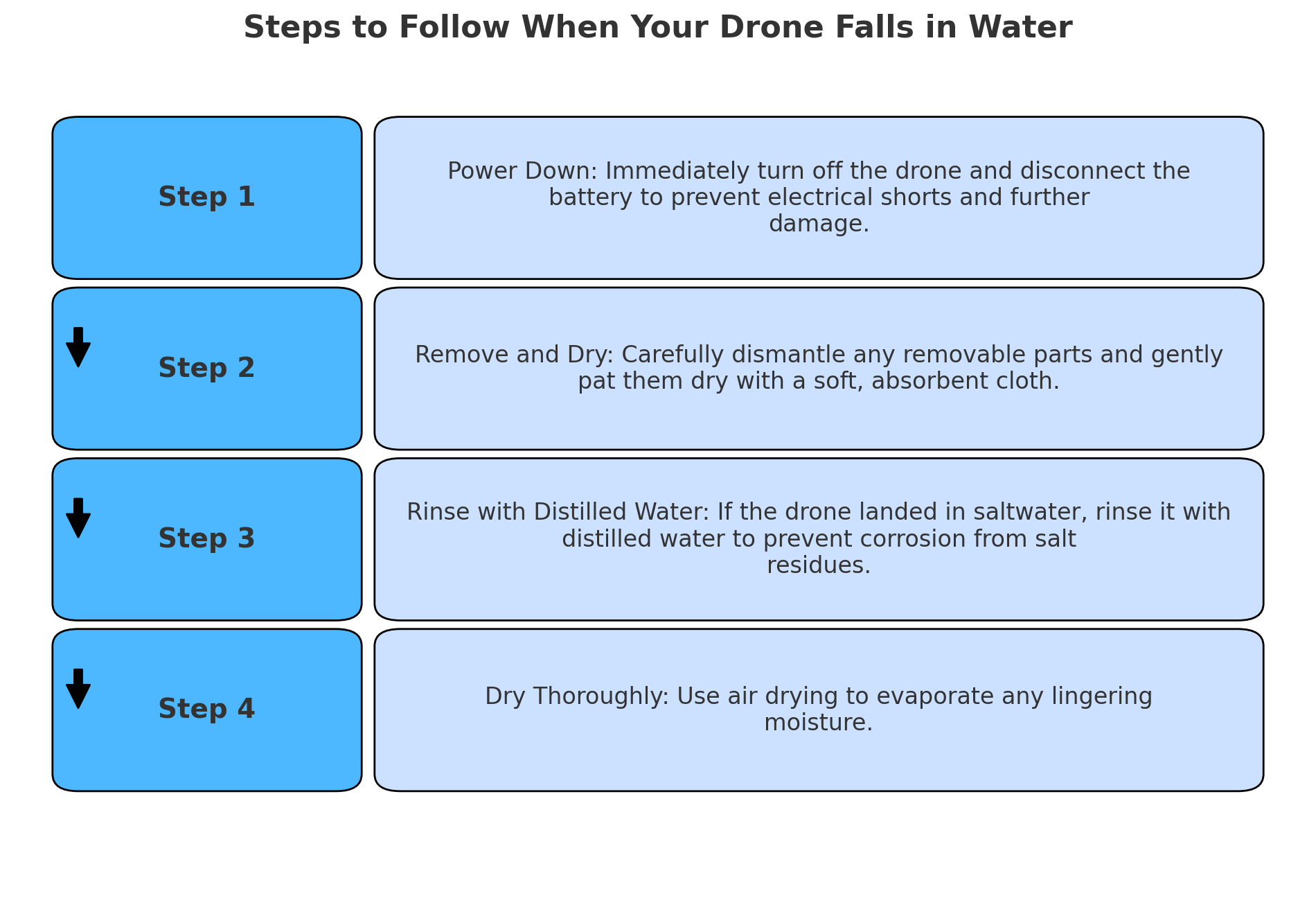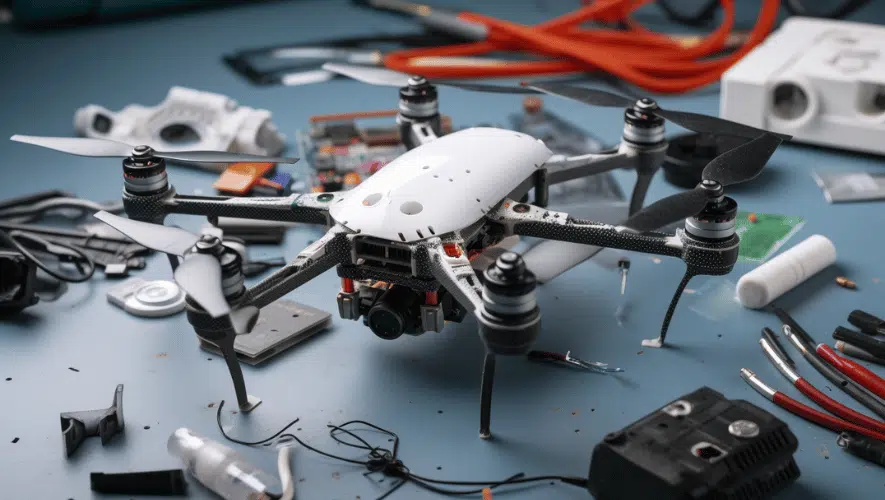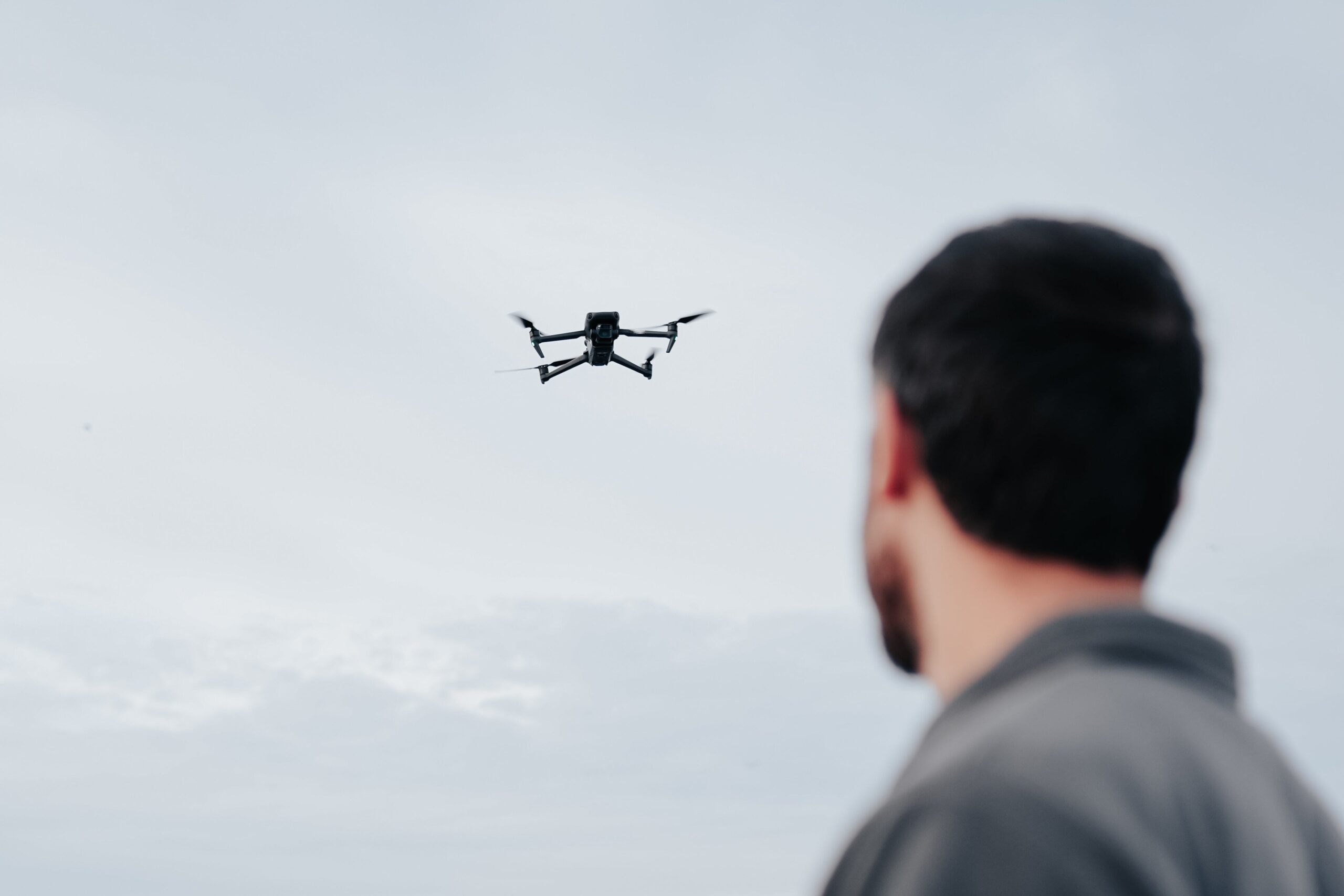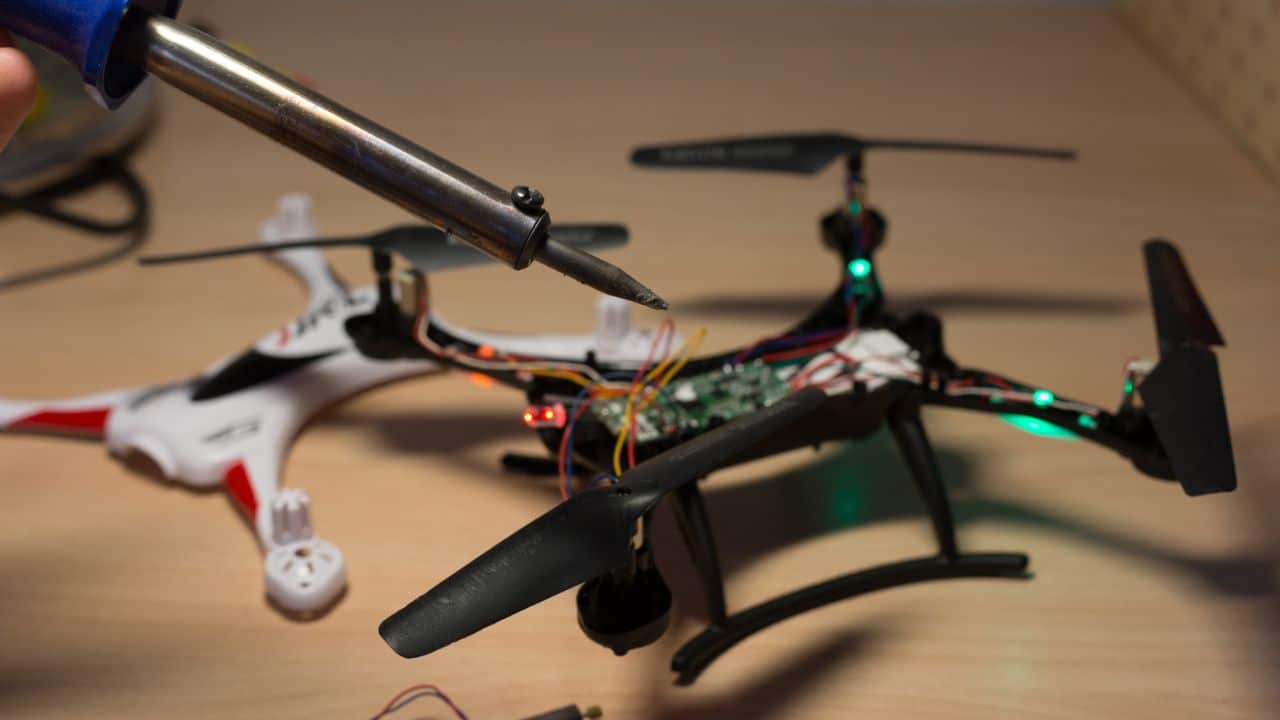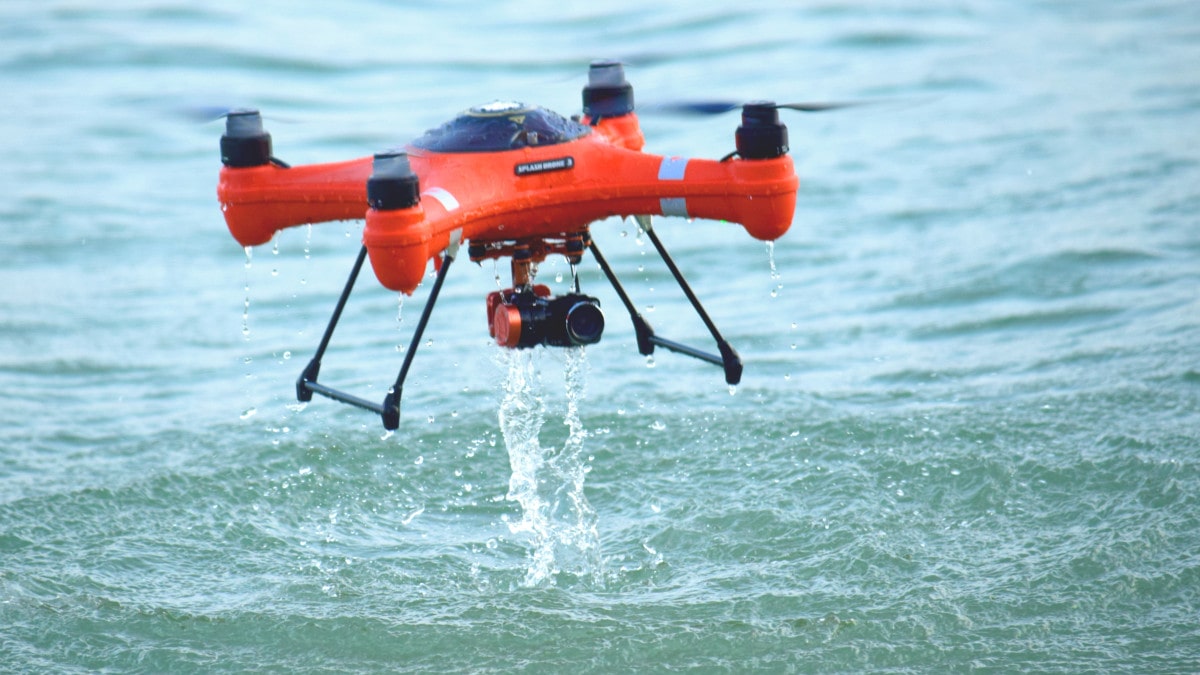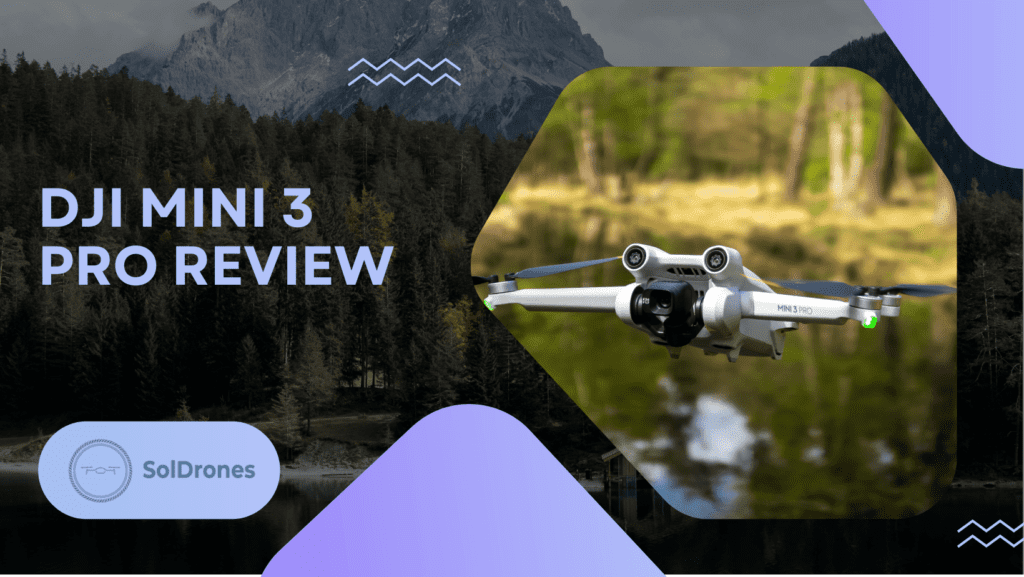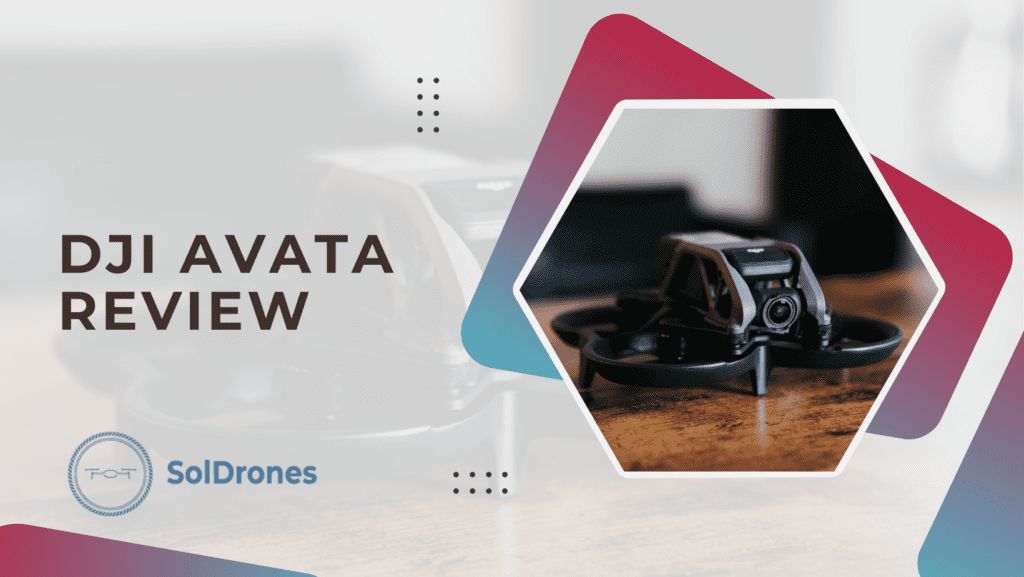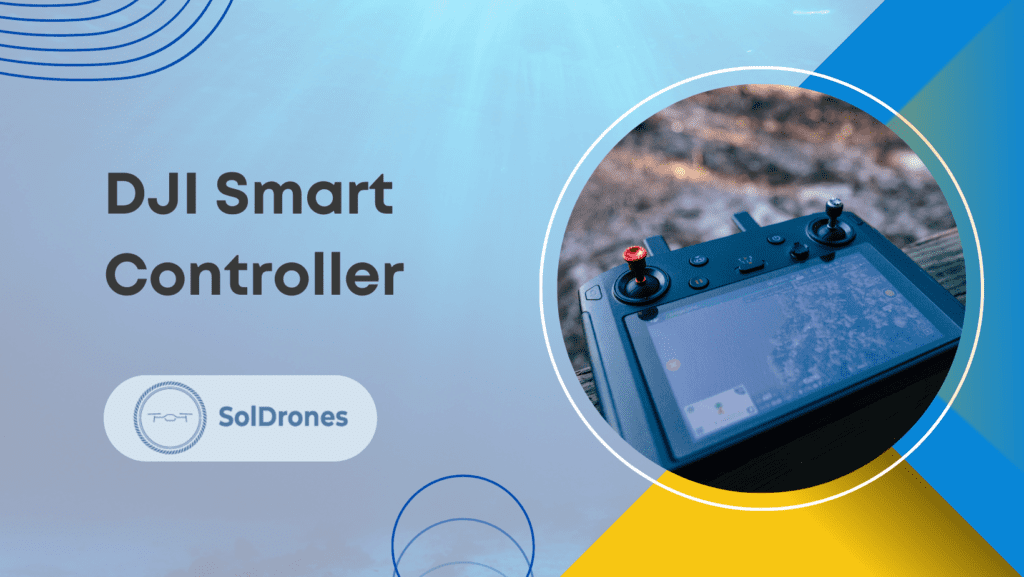The moment a drone is lost in water, an ordinary flight becomes a rescue mission.
This is a crucial instant for any drone operator where the demarcation between minor setback to total loss is largely due to prompt and wise interventions.
Crucial as it may be to understand how to limit damage from water, every second matters and information is your best friend.
This article acts as an essential manual for any drone lover whose drone has drowned.
Advancements in waterproofing technology and accessories are also expanding the capabilities and resilience of drones in aquatic environments.
It’s aimed at equipping you with the necessary skills that will enable you to handle such incidents correctly.
Incidentally, if you are consistently flying above water bodies, it might be worth considering a waterproof drone. We take a look at some of them in an article on drones and the fishing industry.
Definitely check out Swellpro’s drones, such as the SplashDrone 4:
- Waterproof Design: Features an IP67 seawater-proof body and IP66 waterproof remote controller, ideal for marine environments.
- High-Quality Camera: Includes Swellpro GC3-S Waterproof 3-Axis Gimbal 4K Camera for clear, stable aerial footage.
- Extended Transmission Range: Offers up to 5km image transmission, enhancing remote piloting capabilities.
- Advanced Safety Features: Equipped with automatic power flip for added safety and control during operations.
Consider this as our guide to avoiding despair and saving your drone from drowning.
Article Highlights
- Discover what immediate actions one should take when the drone crashes into water to minimize destruction and increase chances of recovery.
- Find out how to prevent corrosion of your drone’s sensitive electronics by knowing the vital differences between freshwater and salt water immersion.
- Look into the recent advancements in waterproof drones as well as protective accessories that guard against accidents which happen during flight over water.
Locating and Retrieving a Submerged Drone
Obviously you must retrieve your drone from the water first. Burt what if you’re not seeing it?
There are a few tech features offered by most drones that you can rely on.
Locating Your Submerged Drone
A standard tracking component is provided within your drone but you may wish to consider these important extras:
- GPS Tracking: Most drones have GPS which can be used to track down your device’s last known coordinates through its companion app or software.
- Sonic Beacons: These devices emit sound waves that can be detected by special receivers attached to drones or those that are capable of receiving signals thus leading an individual directly to where his/her drone lies inside water.
- Waterproof Trackers: You can secure a waterproof tracker on your drone as well for additional safety such as real-time location tracking even when submerged.
If all else fails, you may have to use another drone to try and spot your submerged drone from above..
Immediate Action for Water-Logged Drones
The next steps are critical in recovering your drone in case of water emergency landing situations.
The period for action can be very short, but with a clear plan, you can increase the chances that your gear can be salvaged.
This is what to do:
- Power Down: Immediately turn off the drone and disconnect the battery to avoid electrical shorts and any further damage.
- Remove and Dry: Gently disassemble detachable parts and pat them down softly with an absorbent, soft cloth.
- Rinse with Distilled Water: In case the drone has sunk into salty water, rinse it using distilled water to prevent salt residues from corroding it.
- Dry Thoroughly: Use air drying to remove remaining moisture.
While it may be instinctive to react hastily, following these steps methodically can be instrumental in the life of your drone.
After performing these immediate actions, refrain from re-powering the drone until it has been completely dried and assessed for damage.
The Impact of Water Type on Drone Damage
The type of water a drone falls into can drastically alter the severity of damage incurred.
The distinction between saltwater and freshwater is not merely academic; it can be the difference between a straightforward recovery and a complex repair job or total loss.
Comparative Impact of Fresh Water and Salt Water on Drone Damage
The table highlights the contrasting impacts of fresh and saltwater on drones.
Factor | Fresh Water Impact | Salt Water Impact |
Corrosion Speed | Slower and may allow more time for recovery | Accelerates corrosion, causing rapid damage |
Conductivity | Less conductive, potentially less damaging to electronics | Highly conductive, increases risk of short-circuiting |
Cleanup | Often requires simple drying and cleaning | Demands thorough rinsing with distilled water to remove salts |
Long-term Effects | Less likely to cause long-term damage if addressed quickly | Can lead to persistent corrosion even after initial cleaning |
Short circuits are the most important threat of clean water, however with fast and proper drying, a lot of harm can be prevented.
This hazard is more dangerous as salt water corrodes and conducts electricity. In order to avoid permanent damage or long-term complications that may affect the drone’s functioning, it ought to be cleaned immediately with distilled water-washed.
It is necessary to differentiate the type of water that has touched your drone so as to know what should be done. Freshwater accidents demand quickness while the saltwater ones require urgent intervention in order to save vulnerable parts of electronic gadgets used in drones from heavy damages.
Effective Drying Techniques for Wet Drones
After bringing down a drone, drying is vital. Whether your drone flies again or crashes for good will be decided by the impressive drying techniques employed.
Drying Your Drone – Best Practices
- Disassemble: Begin with carefully taking apart the drone and removing the battery, SD cards and any other parts that can be detached.
- Use Distilled Water: After falling into salt water, rinse it with distilled water to get rid of corrosive salts before drying.
- Pat Dry: Softly pat the pieces with a cloth free of lint to get rid of excessive moisture.
- Air Dry: Let the drone dry in an area that has good air circulation but one which does not directly contact with sunlight.
- Avoid Heat: High-temperature hairdryers or direct heat sources should not be used because some components may warp or soldering may melt.
- Silica Gel: For hard-to-reach areas, put silica gel packets in a container that holds your drone to draw out moisture from it.
After retrieving a drone, the drying process is important. Applying effective drying techniques can be the deciding factor in whether your drone takes to the skies again or is grounded for good.
Debunking Drying Myths
Contrary to what most people think, it is not advisable to put a drone soaked in water into raw rice. It can result in dust and particles that could affect delicate electronic systems. The notion that rice dries better than anything else is just a myth.
By adhering to these instructions and avoiding shortcuts, you will be able to revive your drone with minimal harm. Also remember that patience as well as attention to details are very essential during this drying process.
Assessing and Addressing Water Damage
Once your drone has been dried, the next step is a thorough assessment to identify any lasting water damage. This evaluation is crucial for understanding the extent of the damage and planning the repair process.
Inspect Electronic Speed Controllers (ESCs):
- Check for signs of corrosion or burned components.
- Test their functionality with a multimeter if possible.
Examine the Circuit Board:
- Look for residue or discoloration that indicates water contact.
- Use a magnifying glass to inspect for micro-corrosion on the pathways.
Evaluate the Batteries:
- Inspect for swelling, which indicates damage.
- Test the voltage and watch for a stable charge.
Addressing the Damage
Clean Components:
- Use isopropyl alcohol to clean the circuit board gently.
- Contact cleaner can be used for ESCs and other components.
Battery Care:
- If batteries show any damage, they should be replaced to avoid risk.
- Do not attempt to recharge water-damaged batteries.
Conducting a meticulous evaluation of your drone’s components post-drying is a critical step in the salvage process.
Identifying issues like corrosion or electronic failure early can save time and resources during the repair phase.
If water damage is extensive, professional repair services may be the most reliable option to ensure your drone’s safe return to flight.
Powering Up After Exposure to Water
Repowering a drone after it has been exposed to water is a delicate stage.
The drone’s electronic components are vulnerable, and the right approach can mean the difference between recovery and irreparable damage.
Pre-Power-Up Checks:
- Ensure Complete Dryness: Verify that the drone and all its parts are thoroughly dry, inside and out.
- Inspect for Visible Damage: Look over the electronic speed controllers, circuit board, and any soldered connections for signs of damage.
- Battery Inspection: Examine the drone batteries for any swelling, corrosion, or damage.
Powering Up Process
- Connect to a Power Source: First, check your drone by connecting it with an external source of energy without its battery.
- Monitor for Unusual Behavior: Listen for strange sounds or noises, smell burning smell and watch out for smoke or sparks.
- Test Controls Gradually: If it boots up well, try the controls on your drone gently and progressively.
These are some of the precautions one should take before and during the power-up process to avoid short circuits or further injury to the internal parts of the drone.
Drone Repair and Professional Services
Water contact consequences can make a drone require maintenance. Although there are some who could try to fix this themselves, others may use the services of experts in order to make sure that everything is fixed and examined.
DIY Repair Approaches
- Self-Evaluation: Make a complete analysis of the failure using flight logs of the drone.
- Component Substitution: Buy items like electronic speed controllers or batteries for self-fixing purposes.
- Online Guides: Use available resources and instructions for the specific model of your drone for repair work.
Navigating the aftermath of water exposure can leave a drone in need of repair. While some may venture into DIY fixes, others may opt for professional services to ensure a thorough and expert recovery.
Professional Repair Services
- Authorized Service Centers: Use authorized centers when fixing drones, so that the use of genuine parts and warranty is maintained.
- DJI Care Refresh: Consider DJI’s own service plan for your DJI drone, which covers various types of damage, including those from water exposure.
- Insurance Claims: File an insurance claim if your drone was insured against accidental damage.
Developments on Drones that are waterproof
Drone manufacturers in the contemporary days have started making efforts to make drones watertight. Safer flight over bodies of water is made possible by drones and their accessories which are waterproofed.
For you, making a decision between doing it yourself (DIY) or hiring professionals to fix your drone depends on how bad it has been damaged, your technical skills as well as how much the drone is worth.
Professional services like for example those for DJI’s high value drones can provide a sense of security through their expertise and often comes with warranties for the repair work done.
It is necessary that you weigh what each option costs against its benefits so that you will select the best alternative for your spoiled drone.
Water-Resistant and Waterproof Drone
- Material Innovation: Corrosion-resistant material in constructing drones, is vital in preventing damage from both fresh and salt water bodies.
- Sealed Electronics: Manufacturers are otherwise utilizing sealed electronic components so that water cannot cause short circuits or corrode circuit boards.
Protective Accessories
- Add-On Floats: Attachable floats make it possible for drones to land on the water as safely as they can be used in situations where drones are operated over or nearly over water bodies.
- Propeller Guards: These guards protect propellers against impact and also save them from sinking into water when a drone happens to fall into this liquid.
- Waterproof Casings: Such casings designed specifically for fitting on drones provide an additional protection layer against moisture and direct contact with waters.
This means, therefore, that waterproof drones and accessories’ development represents a huge step forward in technology of unmanned aerial vehicles which helps users of such devices fly above and take videos of aquatic locations at less risky conditions.
This makes them more versatile allowing their utilization even in harsh weather conditions, wet cases etc.
Conclusions
When a drone goes into water; the reaction has to be fast and tactical. Every action right from the prompt retrieval and gentle desiccation through to damage evaluation and careful repowering is important for reviving the drowned device.
Nevertheless, those who have some experience can do DIY repairs while DJI Care Refresh provides professional assistance where necessary.
In addition, these advances in water proofing technologies as well as availability of accessories are also enabling drones to perform better in environments characterized by water masses.
Hence, this piece has gone through all these major steps that have provided knowledge for managing the problem of water damages on drones effectively for drone lovers.
FAQs
Is it possible to fix a drone after dropping it in water?
For instance, immediate drying and cleaning can often save a drone from saltwater submersion though advanced repair or manufacturer support such as DJI Care Refresh may need be sought when extensive defects arise.
What are some things I should do immediately after my drone falls into the sea?
Firstly remove the battery (or any other sources of power) then rinse if it was salty with deionized water then allow them to dry naturally without using any heat or fan inside them but one should place them together with silica gel during this process because they will help absorb moisture quickly while doing so surface can be used instead of air drying.
Can drones float or function underwater?
Yes; there are a range of drones that were designed specifically for use underwater; there are also various accessories which could offer more protection from liquids including water.
How do I find my submerged drone?
You may use waterproof trackers/sonic beacons if available, or find its last known flight GPS coordinates from logs.
Differences between freshwater and saltwater drone damage
While fresh water damage is not usually very severe and can be salvaged if acted upon quickly before getting worse, salt water is more corrosive and conductive, making it to corrode metals and even short circuit electronics faster; hence the risk of permanent damage is equally higher.

